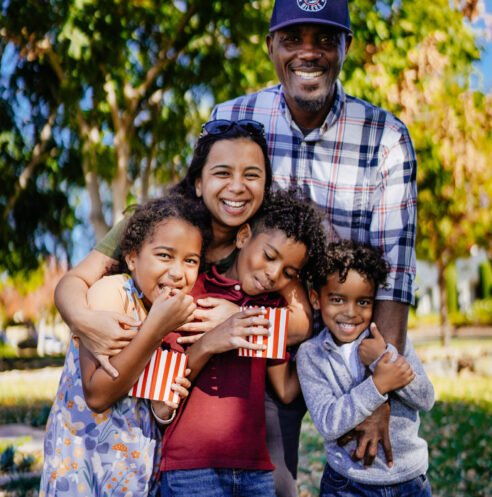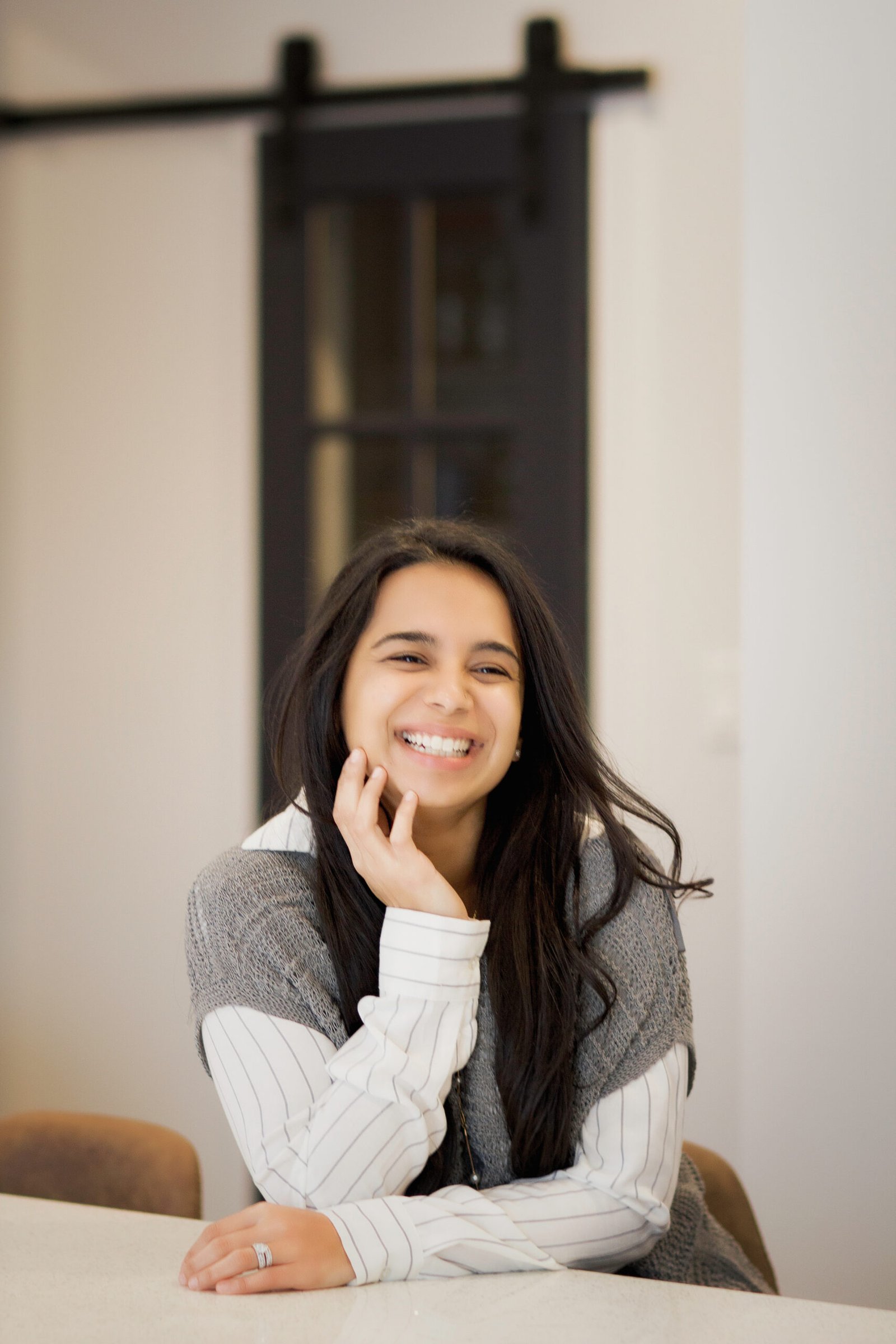
Birth of this 3rd Culture Chica!
How my story begins…
Arriving in the USA: The Third Culture Evolution
I was nine years old when we arrived in the United States in 1994. Our destination? 141 Old Short Hills Rd. in West Orange, New Jersey. The red-brick apartment buildings of West Mill Gardens will forever hold a special place in my heart. I still remember the first meal we shared in our new home—Bhaat and chola nu shaak (rice and black-eyed peas vegetable). Sitting cross-legged on the kitchen floor, we filled our stomachs with a taste of India in this unfamiliar land—a place that, for better or worse, would shape our future.
Looking back, that moment symbolized more than just sustenance; it was my father’s affirmation that he had made it. His lifelong pursuit of the American Dream had led us here. But what exactly is the American Dream?
For many immigrants, it’s similar to Charlie Bucket’s Golden Ticket in Willy Wonka & the Chocolate Factory—a promise of opportunity, success, and transformation. The very foundation of the United States is built on this ideal, famously enshrined in the Declaration of Independence:
“We hold these truths to be self-evident, that all men are created equal, that they are endowed by their Creator with certain unalienable Rights, that among these are Life, Liberty, and the pursuit of Happiness…”
But for immigrants, the American Dream comes with hidden costs: rejection, culture shock, and the constant struggle to prove our place in this foreign land. My father’s journey did change the trajectory of our family’s legacy—paving a path toward sustainable success. Yet, in the process, it also created two third culture kids, caught between two worlds.
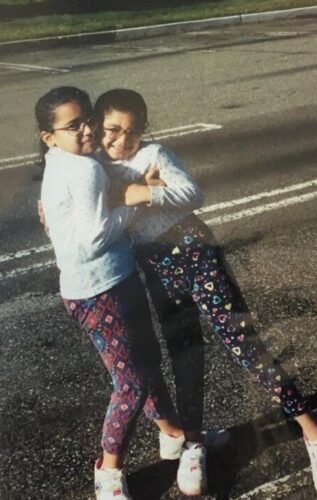
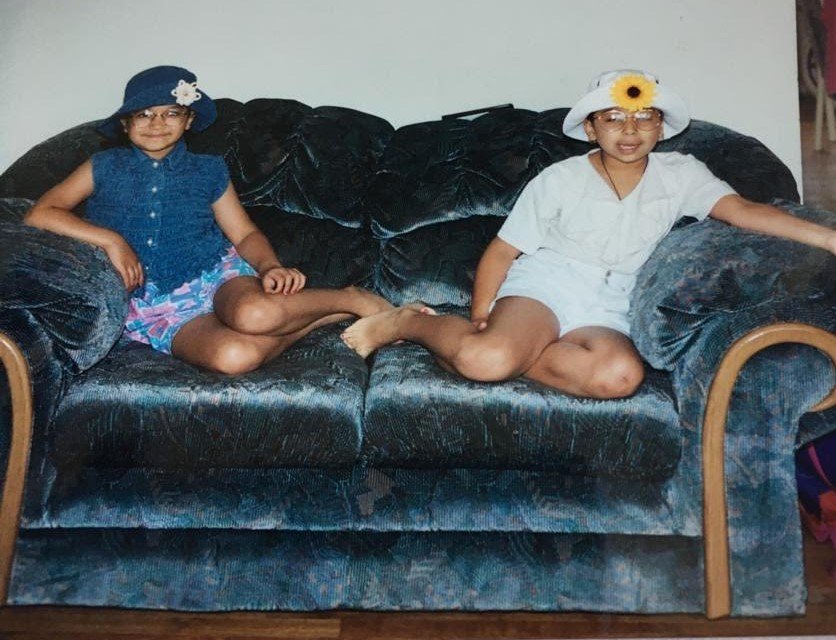
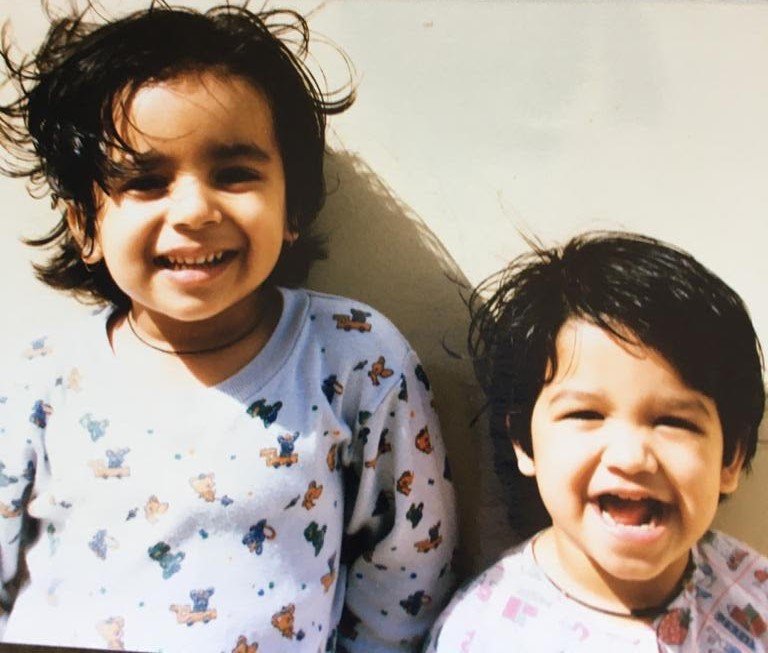
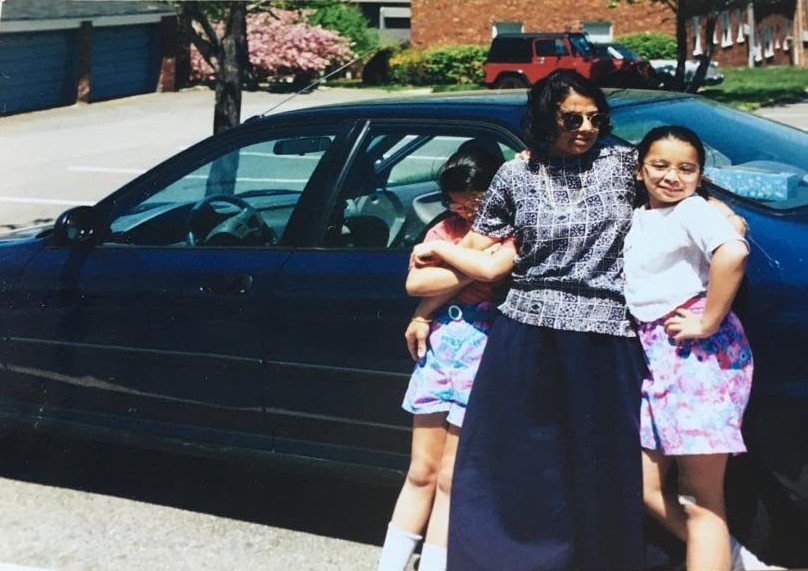
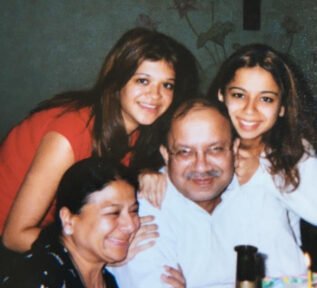
Arriving in the USA: A Third Culture Evolution
I was nine years old when we arrived in the United States in 1994. Our destination? 141 Old Short Hills Rd. in West Orange, New Jersey. The red-brick apartment buildings of West Mill Gardens will forever hold a special place in my heart. I still remember the first meal we shared in our new home—Bhaat and chola nu shaak (rice and black-eyed peas vegetable). Sitting cross-legged on the kitchen floor, we filled our stomachs with a taste of India in this unfamiliar land—a place that, for better or worse, would shape our future.
Looking back, that moment symbolized more than just sustenance; it was my father’s affirmation that he had made it. His lifelong pursuit of the American Dream had led us here. But what exactly is the American Dream?
For many immigrants, it’s similar to Charlie Bucket’s Golden Ticket in Willy Wonka & the Chocolate Factory—a promise of opportunity, success, and transformation. The very foundation of the United States is built on this ideal, famously enshrined in the Declaration of Independence:
“We hold these truths to be self-evident, that all men are created equal, that they are endowed by their Creator with certain unalienable Rights, that among these are Life, Liberty, and the pursuit of Happiness…”
But for immigrants, the American Dream comes with hidden costs: rejection, culture shock, and the constant struggle to prove our place in this foreign land. My father’s journey did change the trajectory of our family’s legacy—paving a path toward sustainable success. Yet, in the process, it also created two third culture kids, caught between two worlds.
What does it mean to be a Third Culture Kid?
Growing up in a culture different from your parents’ is a unique, complex experience. Third culture kids (TCKs) are raised in a blend of cultures, never fully belonging to one. We live in a constant balancing act—assimilating into a new society while preserving our heritage.
For many immigrant parents, particularly from South Asian, African, and Middle Eastern backgrounds, there’s a set formula for success: study science or math, become a doctor, lawyer, or engineer, and secure financial stability. The equation is simple, reliable, and deeply ingrained in cultural tradition. My parents weren’t as rigid as some, but they still held onto certain non-negotiable values from their upbringing.
Walking this tightrope of dual identities was an ongoing challenge. We wanted to embrace American culture while upholding the traditions of our roots. Stray too far in either direction, and you risk alienation—either from your heritage or from the new world you’re trying to fit into.
Some battles were loud and ferocious, fought in open defiance. Others simmered quietly, manifesting in subtle choices—clothing, friendships, career aspirations. And sometimes, the struggle wasn’t a choice at all, but an unspoken expectation shaping every decision. What I have learned over time is that within these battles of identity, we forge something truly unique—if we are bold enough to fight for it.
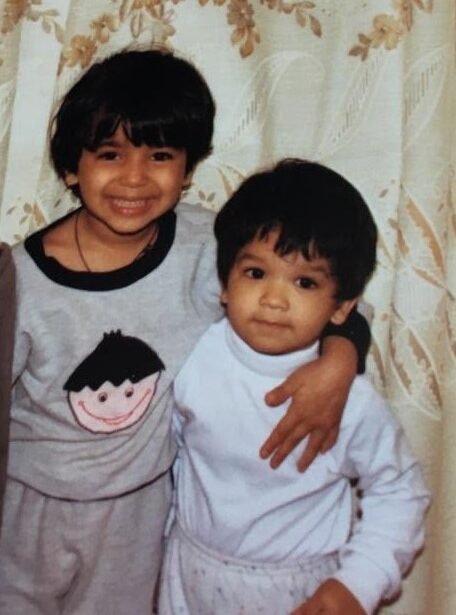
Limits of Cultural Expectations
Cultural expectations don’t just dictate career paths or social behaviors; they also shape our emotional and sexual identities. When you grow up in a culture where emotional expression is reserved, love is defined by duty, and sexual choices are guided by honor rather than personal exploration, the search for your true self becomes even more complicated. You learn to silence desires that don’t align with traditional values. You suppress emotions that feel too foreign or unapproved. And in doing so, you limit your own ability to discover what truly makes you happy. The internal battle between who you are and who you are expected to be is not just about cultural pride—it is about emotional survival.
A cultural collage
My journey started in the UK, where I was born, though I didn’t live there long enough to pick up the accent. From there, my father’s career took us through the Middle East—Dubai, Bahrain, Saudi Arabia—each move strategically planned to bring us closer to his American dream. My mother, on the other hand, focused on recreating an Indian home in every new country, keeping us tethered to our roots. For my sister and me, it was all an adventure, our childhood unfolding across different landscapes, absorbing pieces of each culture along the way.
Childhood is often about following your parents’ dreams. Adolescence, however, is shaped by environment and friendships. And adulthood? It’s a chance for rebirth—a slow, deliberate unraveling of all the conditioning we inherited. Now, approaching forty, I find myself sifting through layers of expectation, tradition, and experience to truly define who I am.
Coming full circle: Defining my OWN American Dream
That first meal in West Orange, NJ, marked the beginning of an unpredictable, transformative journey. It was the first step into a life of incredible highs, painful lows, and countless lessons in between—shaping me into the third culture woman I am today.
The greatest lesson? Breaking free from the conditioning—whether cultural or environmental—and embracing the person I am in my core.
But this isn’t just my story. It belongs to every third culture kid, every immigrant navigating the intersection of identity and belonging. These are the stories of explorers, wanderers, and restless souls searching through the archives of their memories to find themselves.
This is third culture evolution.
And it is relentless, raw, and utterly unstoppable. Because when we look in the mirror, it’s not about doubt or hesitation—it’s about boldly evolving into the most unapologetic version of ourselves.
